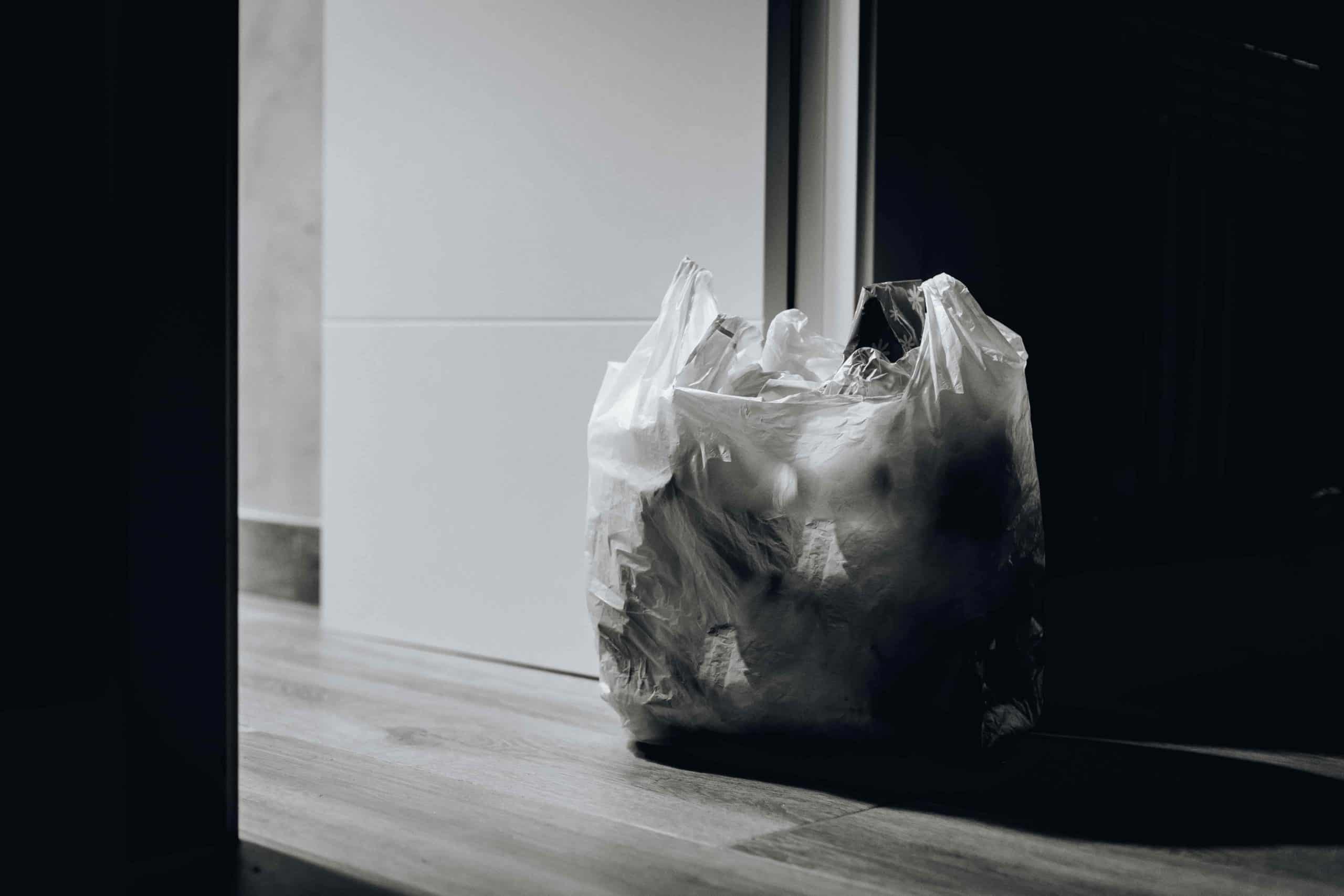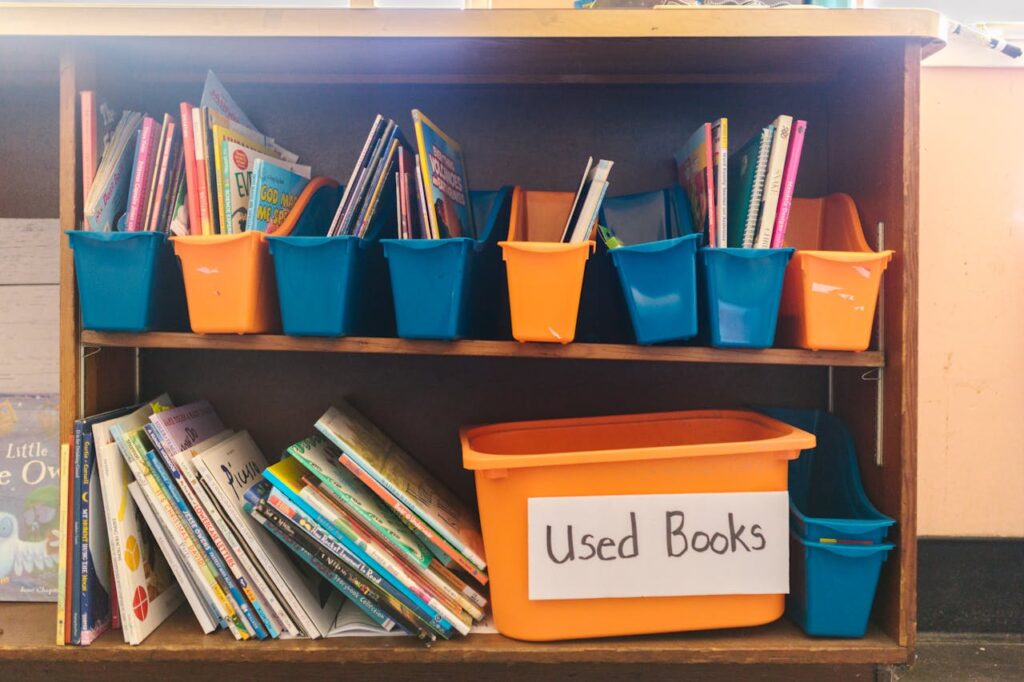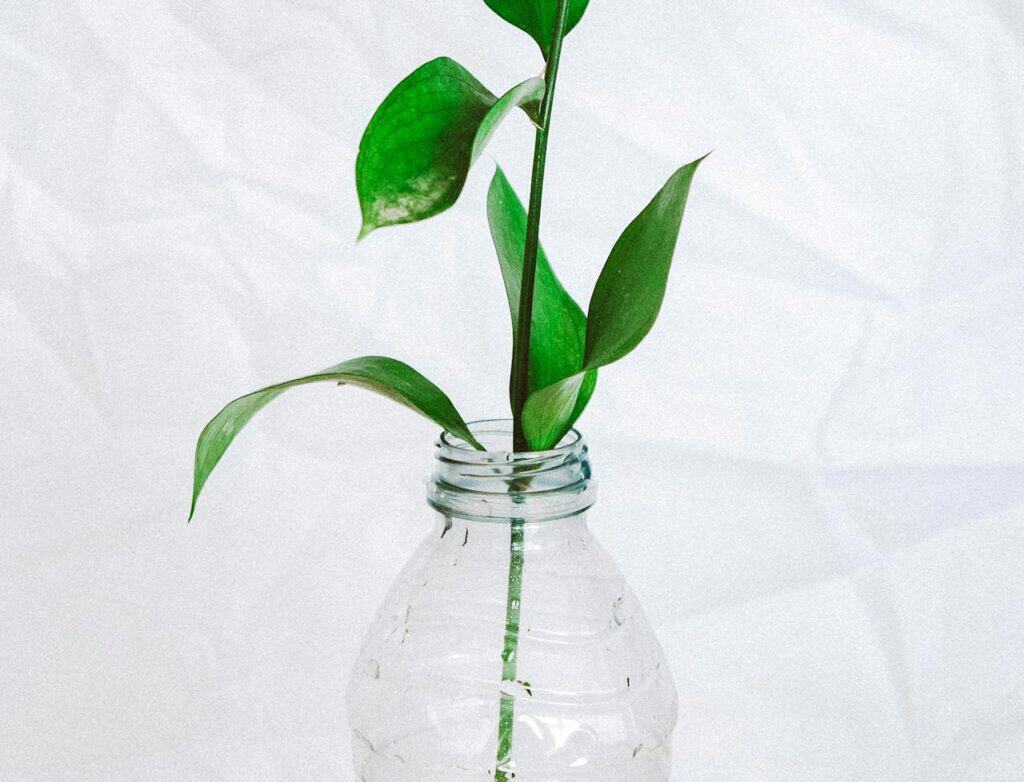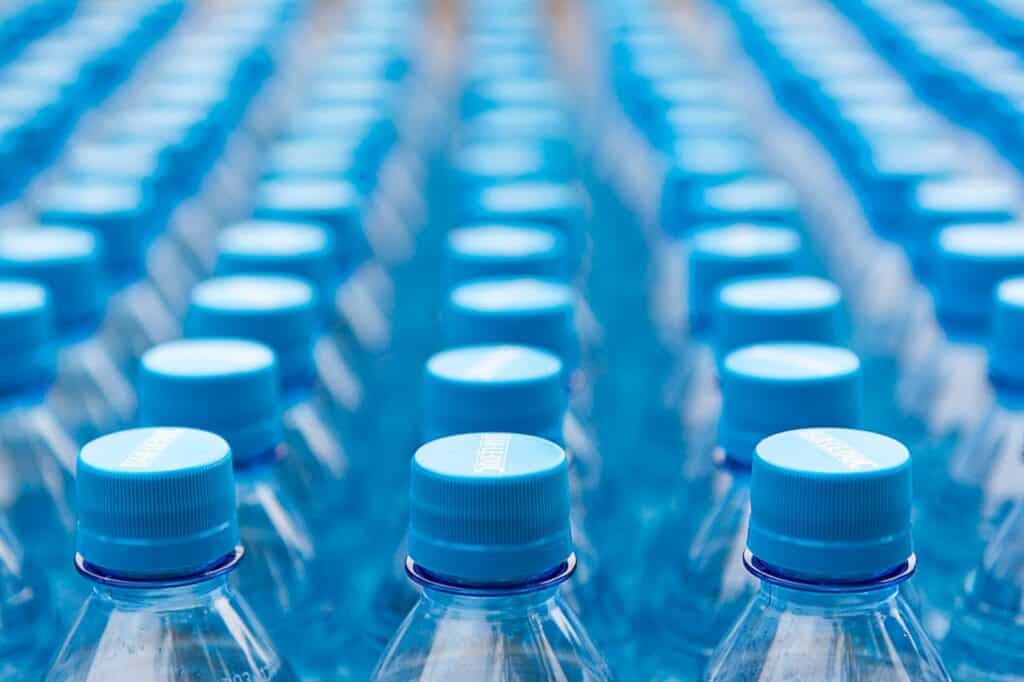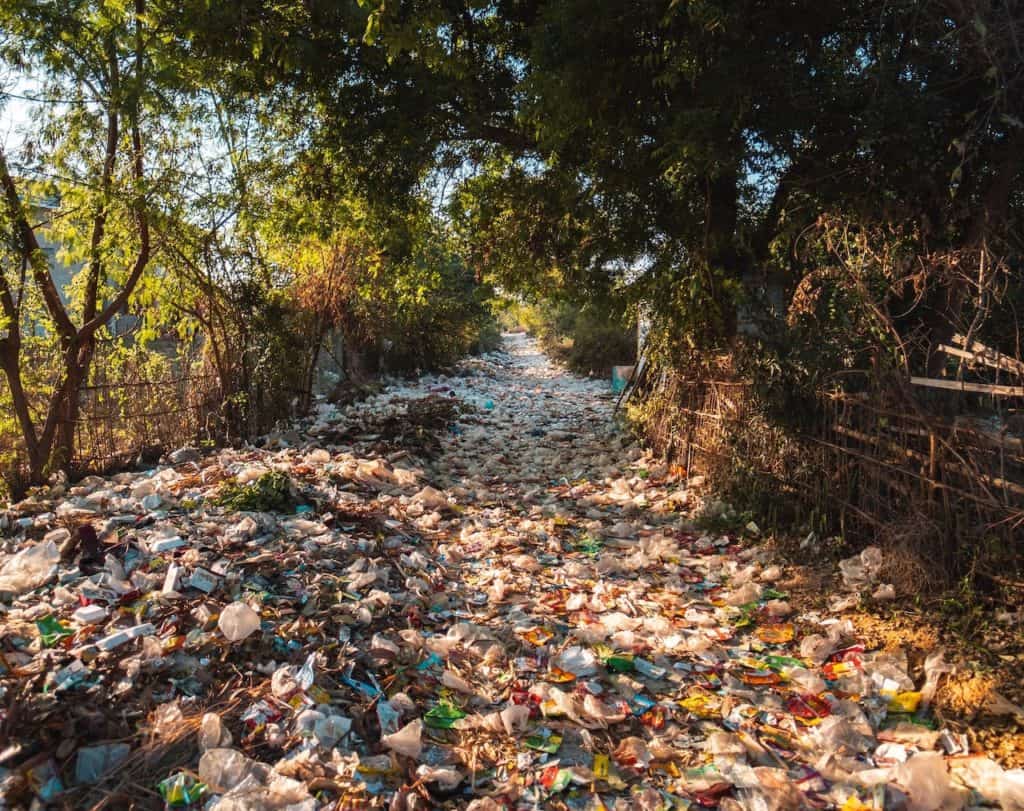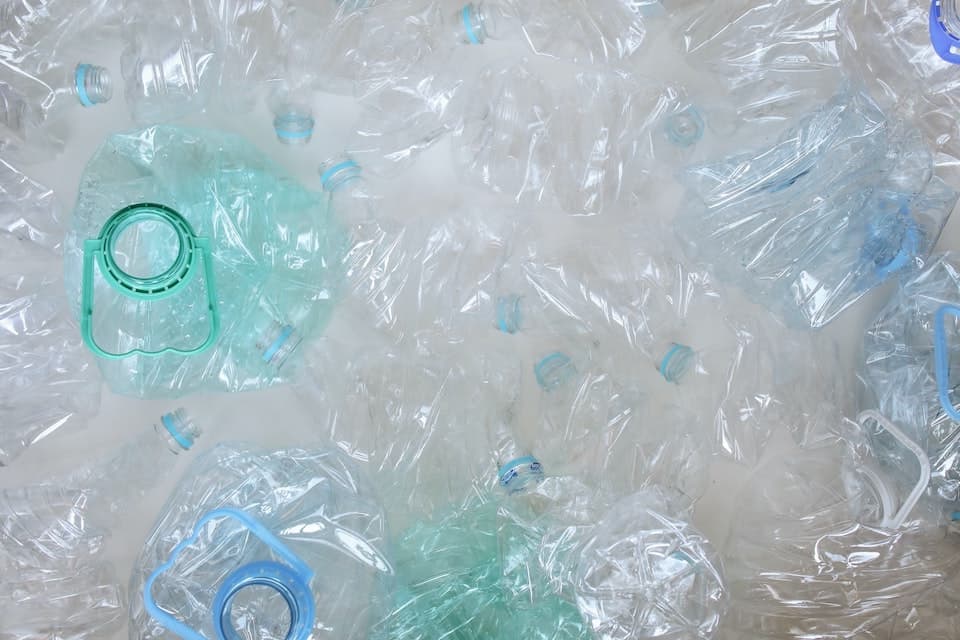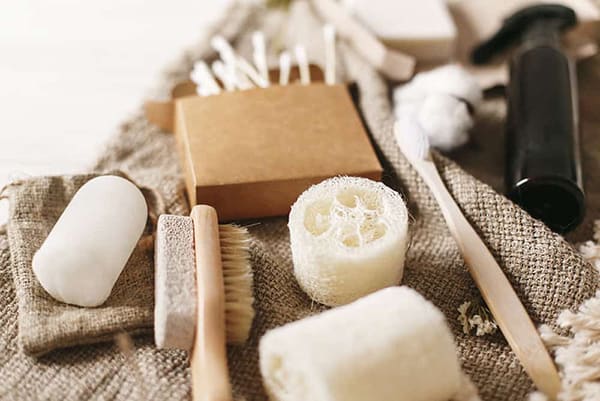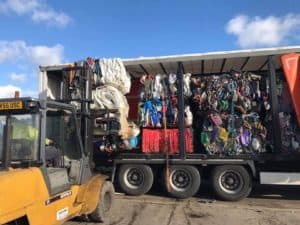Paptic has launched the newest addition of fibre-based packaging that is sustainable, the Paptic Apus®. There are three other variations to this collection of sustainable plastic alternatives. The latest Paptic Apus® allows more flexibility and the ability to be heated for sealed packaging depending on which model is preferred. Paptic has extended its range of possible packaging for retailers to create products such as hygiene product packaging, dry food and toys.
An Environmentally-friendly Alternative
The sustainable and innovative plastic alternative, Paptic, is produced from recycled material and weighs up to 50% less than paper. The brand uses existing components such as paper and textiles to create a material different to plastic; which is traditional made from crude oil and chemicals, which has a devastating effect through oil and gas extraction. A common idea is that sustainable packaging would be much more expensive, however, the co-founder and CEO of Paptic, Tuomas Mustonen claims that a gift bag is only half a cent more expensive than a traditional one. The brand of packaging was founded in Finland by Tuomas Mustonen, Esa Torniaimen and Karita Kinnunen-Raudaskoski to tackle the world’s plastic waste problem. Since setting up Paptic in 2015, the plastic alternative has been made into reusable bags, cosmetic bags and gift bags to name a few.
Bag for Life?
The flexible product allows to be reused more than 10 times and made into different items such as bags and packaging. National Geographic wrote: “The same piece of plastic can only be recycled about 2-3 times before its quality decreases to the point where it can no longer be used.”
One of the world’s biggest issues in plastic packaging is plastic bags. According to UK Government, over half a million single-use carrier bags were given to customers by UK chain supermarkets in 2019/20. However, this has decreased from almost seven billion in comparison with the figure in 2014. Plastic bags have been reported to take up to 300 years to photodegrade. Plastic photodegradation happens slowly from sunlight but is an extremely slow process.
Landfill
According to the US Environmental Protection Agency (EPA), packaging and containers held twenty per cent of the total landfill waste in 2018, although around half of all packaging was recycled. Plastic is recycled in many different ways yet does not always reach the final stages of the recycling process. Extending the shelf life of plastic products will help to reduce CO2 emissions, damage to wildlife and the environment. Or simply creating plastic-type materials out of natural and sustainable resources.
Other Alternatives of Packaging
Sustainable innovation has meant that other natural materials are being used as a substitute for plastic packaging. Some examples of sustainable packaging materials include mushrooms, seaweed and bamboo. Proving that exciting and inventive ways to wrap products have the ability and stability to build a more sustainable future.

